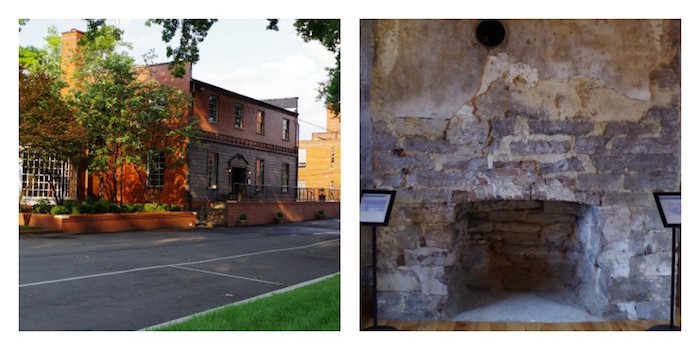Historic preservation just makes sense in an industry like the bourbon industry. Bourbon itself is steeped in so much tradition and heritage even the laws governing the good name of bourbon are called the “Standards of Identity.” Predominant corn mash and new charred oak barrels were such a strong tradition in bourbon they became its identity.
Now many bourbon brands, both old and new, are extending that history to the preservation of old places. Buffalo Trace, for example, recently unveiled the restored Old Taylor House after an expansive archaeological excavation. Now guests have the opportunity to learn about the life and times of Commodore Richard Taylor, E.H. Taylor, Jr.’s great-grandfather.

Louisville’s Whiskey Row, meanwhile, is example of a strong commitment to historic preservation. When fire threatened to destroy a section of the historic block, it made national news. However, just days after the fire, Brown-Forman officially broke ground for the Old Forester visitor’s center and distillery in the very spot their offices were located in the early days of the company.
Nearby to this Michter’s has shelled out a significant amount of money and endured multiple construction setbacks in order to save the historic Fort Nelson building on 9th Street in downtown Louisville. When construction began, the building was leaning nearly two feet and in danger of collapse. The area was immediately fenced off and engineers began the tedious task of building a building within a building and then attaching the two together.
And finally, Diageo has righted its mistake of shutting down the historic Stitzel-Weller distillery in the early 1990s by renovating and preserving the once and former home-base of Pappy Van Winkle. It’s now the home of The Bulleit Experience at Stitzel-Weller, and Pappy’s office is now the office of Tom Bulleit. This is happening even at the same time as they are also building a new Bulleit distillery in Shelbyville.
It is through these happenings, and others, that historic preservation in the bourbon industry ties the past to the present in a meaningful way.



